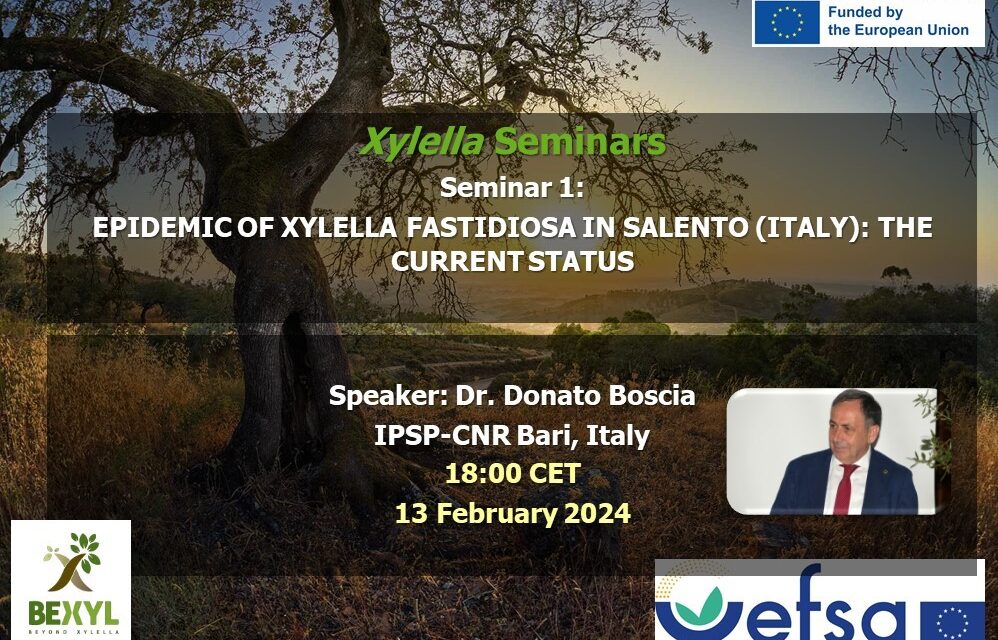Since the emergency in 2013 of the epidemic of Xylella fastidiosa affecting the olive industry of the Salento peninsula (southern Italy) nearly 40% of the territory of the Apulia region has been included by the phytosanitary authorities in the demarcated “infected area”, where several containment measures are strongly recommended and few are the mandatory (i.e. banning plantations of highly susceptible species). Such status coupled with favorable epidemiological conditions caused the persistence of the infections in the whole area, decimating millions of olive trees, the main crop and landscape species of the area. Most likely, the wide occurrence of deadly infections entails a reduction of the reservoirs of bacterial inoculum and infective insect vectors. Alongside, in the last 2-3 years an increasing number of reports of symptoms remittance in trees not severely affected has been recorded, posing new complex questions to the scientific community. Initial investigations on recently isolated strains seem to exclude the insurgence of adaptive traits and loss of aggressiveness. While preliminary data on the evolution of the vector infectivity showed a decreasing trend, probably resulting in a reduction of the superinfections events on the surviving trees.
SEMINARIO 13 DE FEBRERO DE 2024 DISPONIBLE EN EL CANAL «SOLUCIONES A XYLELLA FASTIDIOSA»











